Fulbright College Spotlights Legacy of U of A Women for Women’s History Month
For Women’s History Month during March, the Fulbright College of Arts and Sciences highlighted some of the extraordinary women from the University of Arkansas’ past and present whose legacy is transforming our campus.
Check out these vignettes of women’s history below and be sure to follow Fulbright College on social media for more features, news, and coverage from campus.
Follow Fulbright College on Facebook, Twitter and Instagram. Our handle is @uarkfulbright on all three.
Meet the Giffels Auditorium namesake
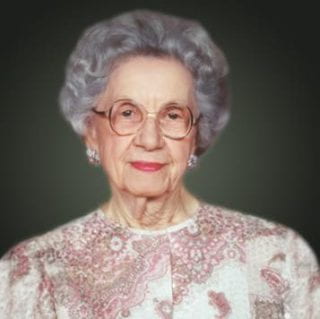
Irma Giffels
Irma Fitch was born in Hindsville, Arkansas, in 1904, and was the first woman from Madison County, Arkansas, to graduate from the U of A, receiving a degree in home economics in 1925.
Later, she took a job with the National Association of Food Chains where she developed materials coordinated with the federal government’s nutrition program.
She married Raymond Giffels in 1946 and returned to Arkansas after his death. She has been a significant benefactor of the university, especially in her sponsorship of the restoration of Giffels Auditorium, the auditorium in Old Main, which was then named in her honor.
Meet the namesakes of the U of A’s women’s residence halls
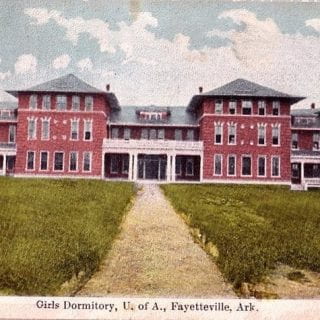 |
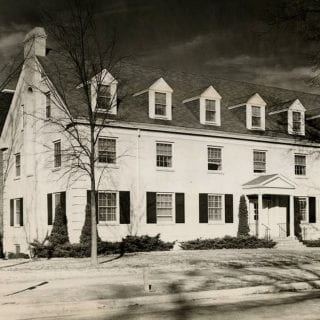 |
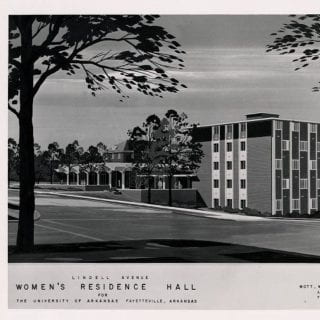 |
In the U of A’s history, six residence halls have been designated for female students, two of which still operate on campus today.
Carnall Hall, built in 1906: Named after Ella Carnall, one of the first female professors at the U of A, Carnall Hall was the first female residence hall on campus. In accordance with the standard practice of strict separation of the sexes on college campuses, Carnall Hall was intentionally built on the extreme Northeast corner of campus, the farthest distance possible from the men’s dorms. In 2001, Carnall Hall was renovated into a hotel and restaurant.
Davis Hall, built in 1942: Davis Hall, the university’s second residence hall for women, was named for Mary Anne Davis, who served as the dean of women at the U of A from 1911 to 1923. Today, the building houses the Office of University Relations.
Fulbright Hall, built in 1959: Fulbright Hall was a former residence and dining hall named after businesswoman, newspaper publisher and reporter Roberta W. Fulbright. Fulbright was also the mother of Fulbright College namesake Sen. J. William Fulbright. Fulbright Hall was demolished when construction began on the Northwest Quad residence halls but lives on in spirit as the Fulbright Dining Hall now.
Reid Hall, built in 1963: Reid Hall was named after Martha McKenzie Reid. Reid was dean of women and associate professor of languages, which was part of what is today our Fulbright College, from 1932-1940. Today, Reid Hall still operates as an all-women’s dorm.
Futrall Hall, built in 1964: Futrall Hall was named after Annie Duke Futrall, wife of the late U of A President John C. Futrall and the second woman to serve on the U o A Board of Trustees. Today, Futrall Hall is one of the two dormitories that still operate as an all-women’s dorm.
Clark Hall, dedicated in 2019: Clark Hall, part of the Northwest Quad campus neighborhood is technically co-ed, but it is named after the first Black woman professor at the U of A, Margaret Clark (more info below.)
Meet the first Black woman professor at the U of A
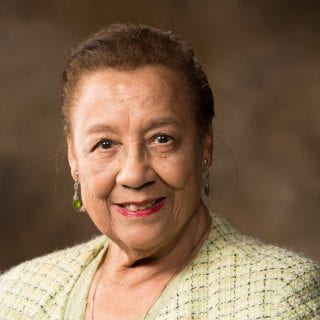
Margaret Clark
Margaret Clark became the first Black woman professor at the U of A in 1969 with a successful teaching career from 1969-1998 during which she taught foreign languages in Fulbright College of Arts and Sciences.
Clark served as the cosponsor for Kappa Iota, the campus chapter of Alpha Kappa Alpha Sorority, and served as sponsor of the African Student Union.
Though she retired in 1998, Clark remains active in the Fayetteville community with the Washington County Historical Society. In 2019, the U of A named Clark Hall in her honor. Clark is also an inductee to the Arkansas Women’s Hall of Fame.
Meet the first Woman student at the U of A
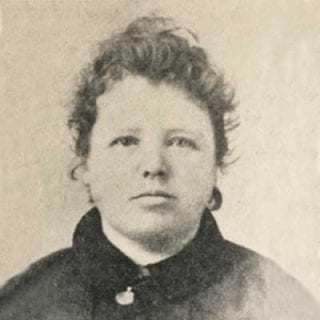
Anna Putman
When the U of A first opened its doors in 1872, one of the first students to enroll was a woman named Anna Putman.
The only woman in a class of eight, Putman was discouraged from attending her classes. To get another woman enrolled in the school, her mother went to their neighbors and persuaded them to let their daughter, Margaret Campbell, enroll as well. The two young women were great friends during their college years and remained so throughout their lives.
Putnam — along with six other women — was in the first graduating class, earning her M.A. from what was then called the Normal Department, which trained students to become educators. She went on to teach at schools in the Indian Territory in Oklahoma, then became principal at the Indian Seminary.
Later, she taught at Fayetteville Public Schools for more than 50 years and was an early teacher at the Greenwood Normal College. She continued her teaching career even after marriage, which was uncommon in those days.
She passed away in 1928 at her home in Fayetteville.

